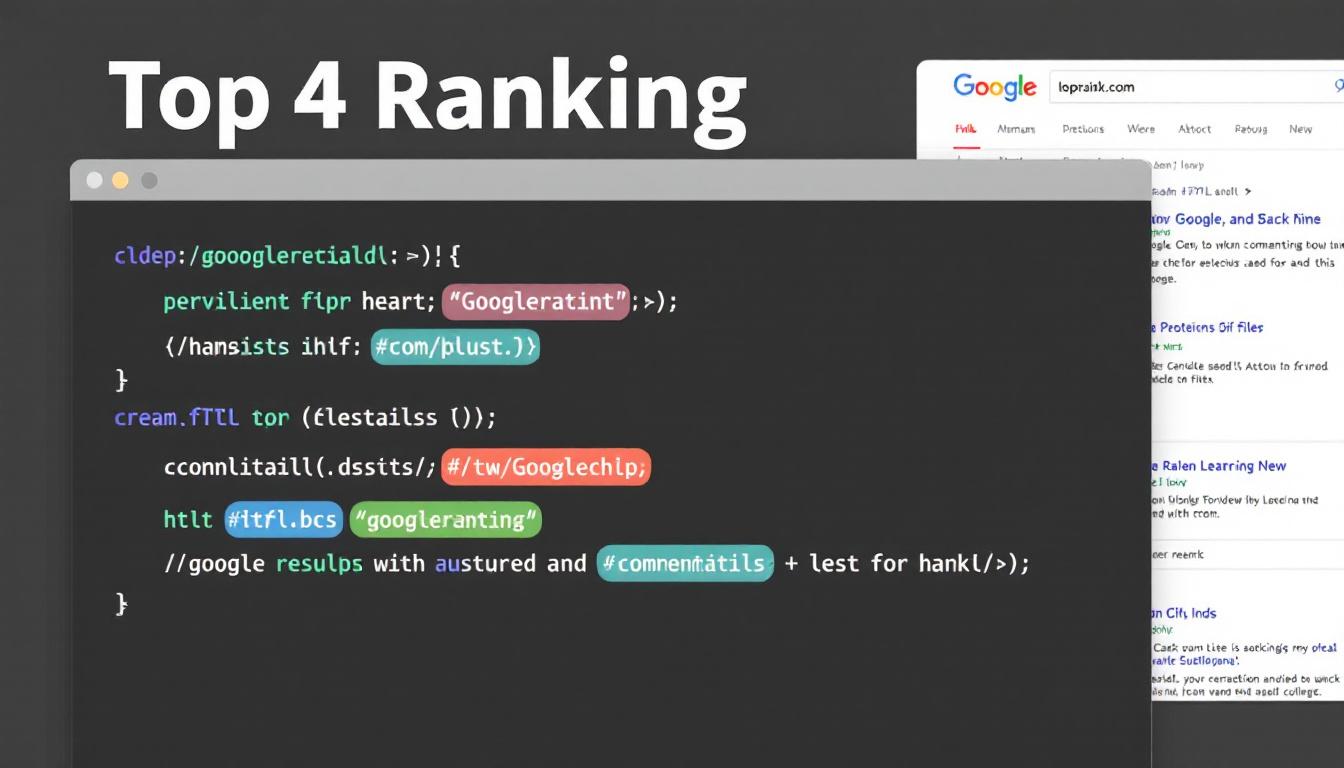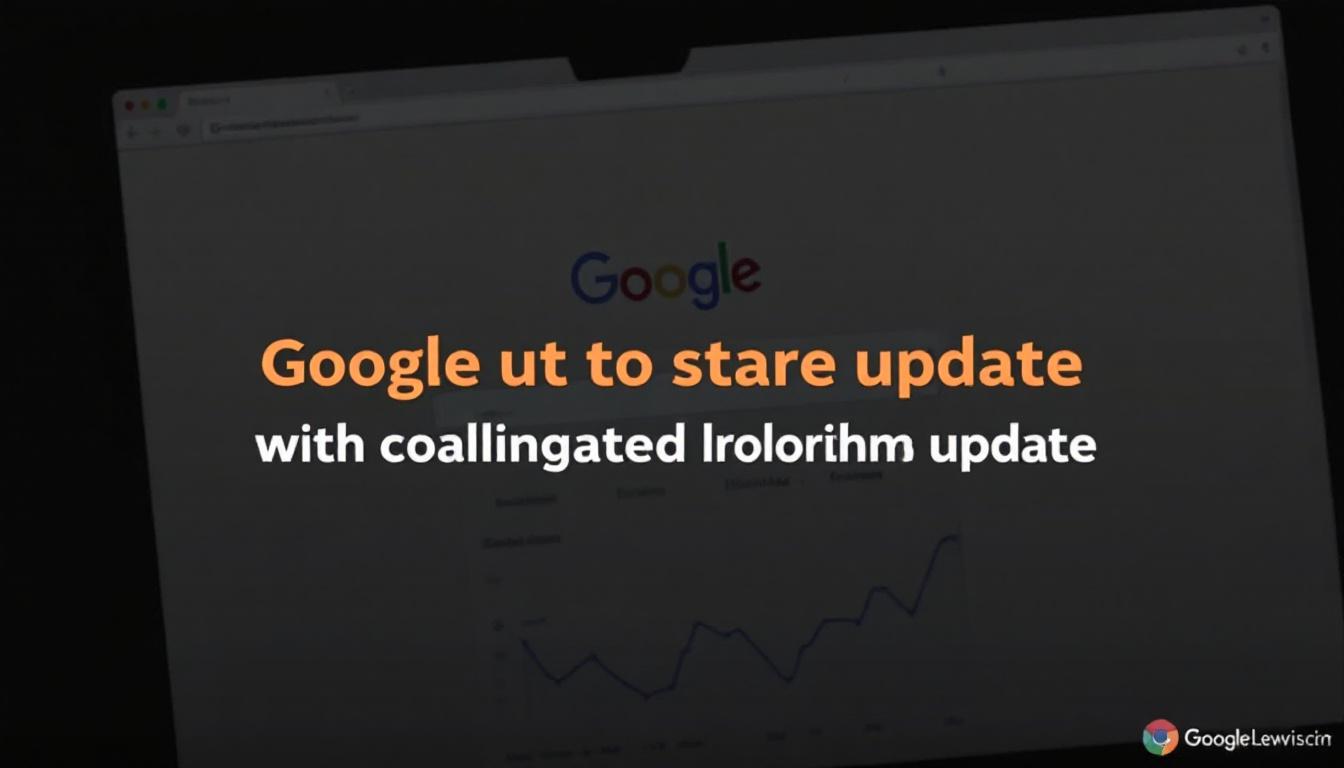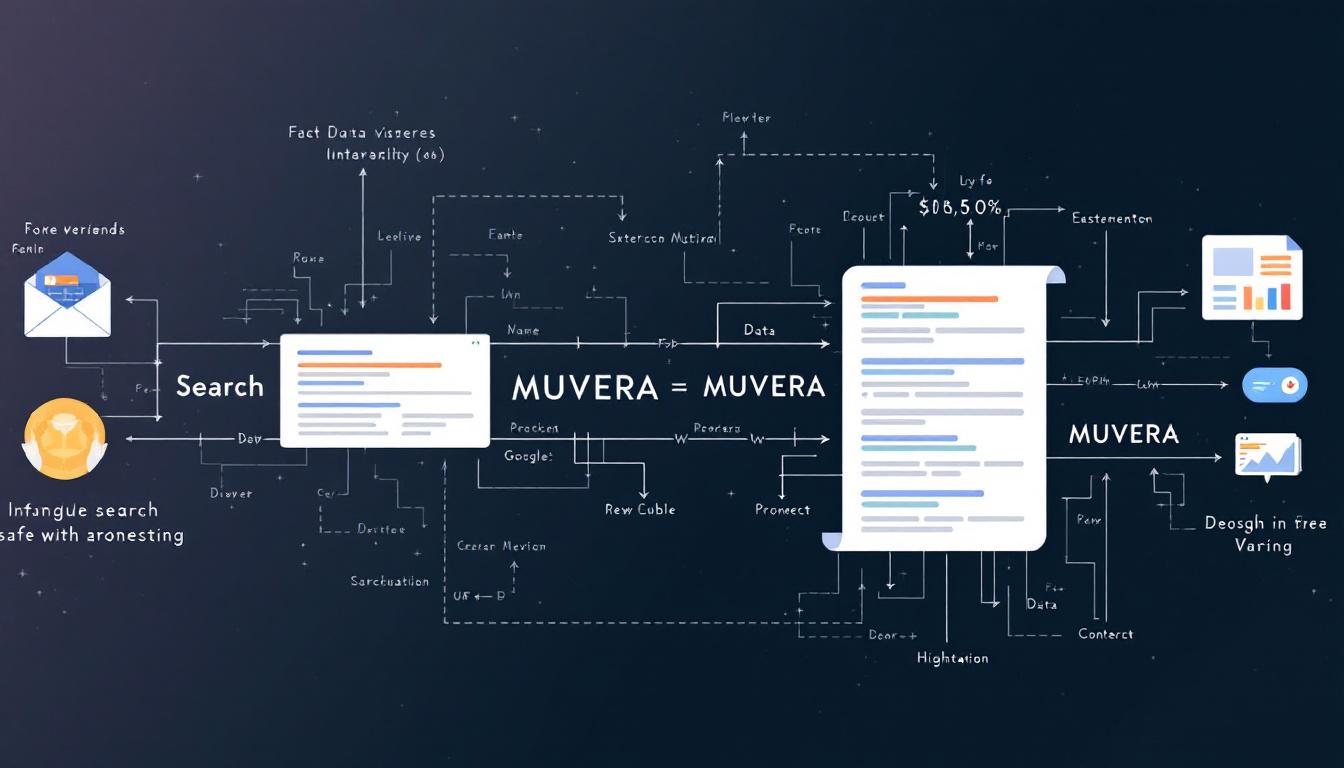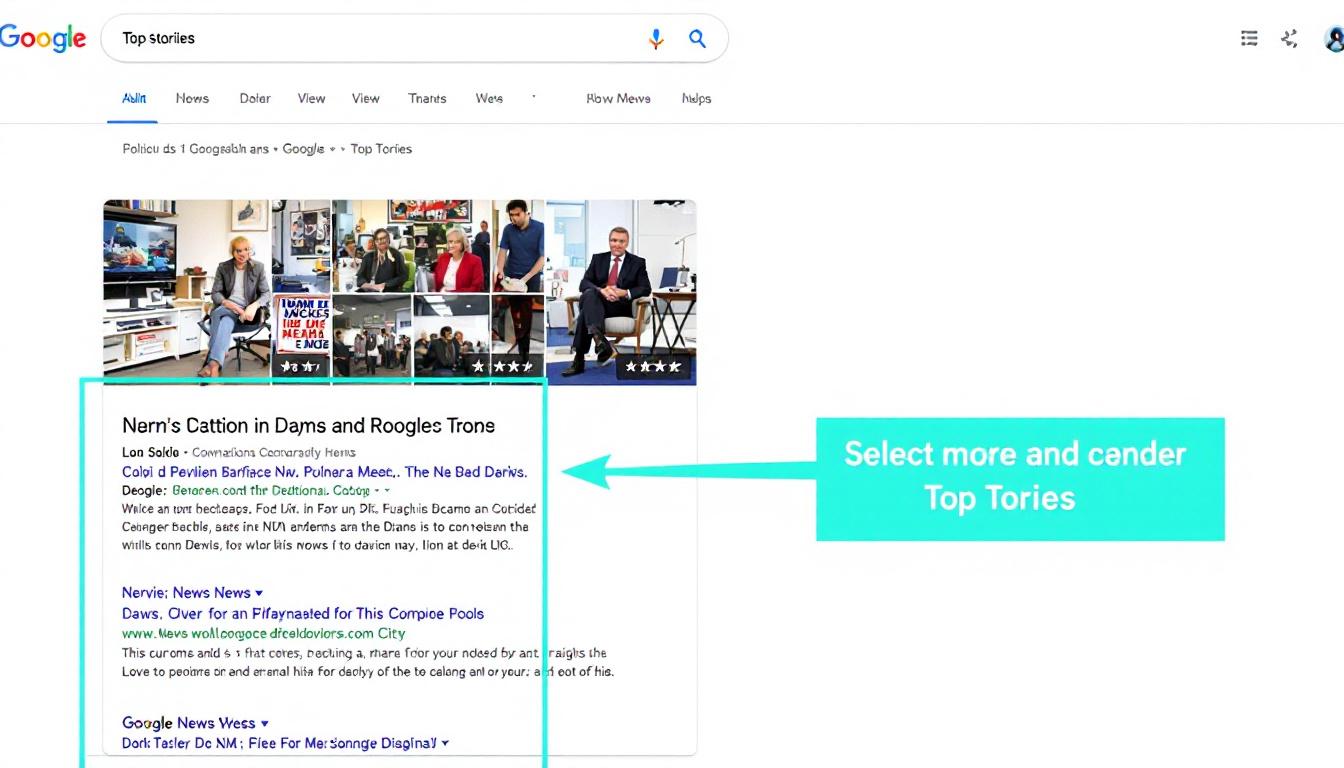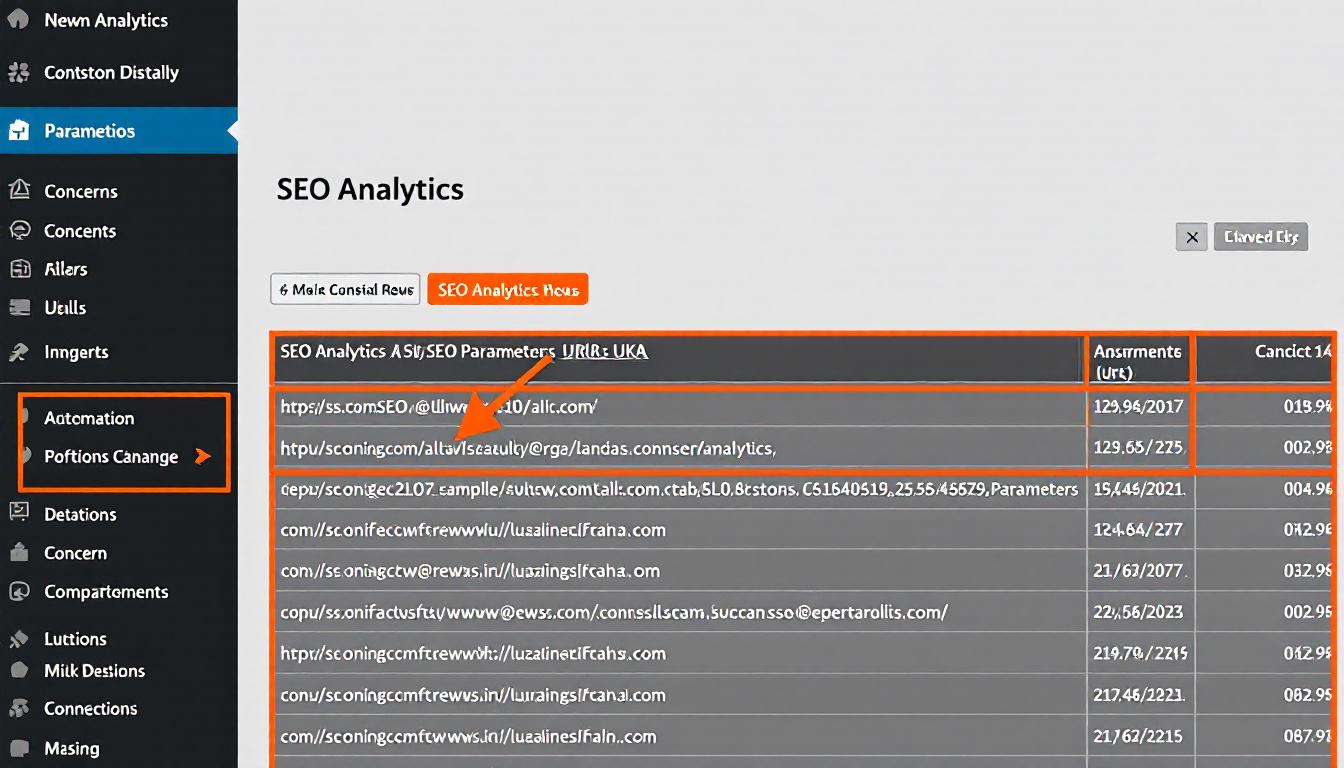Google has introduced new updates to its image SEO best practices, placing a spotlight on the importance of maintaining consistent image URLs across your website.
SEMRush
SEMrush is a fantastic SEO tool that can be used to carry out keyword research, including tracking the keyword strategy of your competitors.
This enhancement is designed to optimize how Google crawls and indexes images, ultimately improving your site’s search performance.
Google’s Refocused Approach to Crawl Budget
The cornerstone of Google’s latest update centers on the management of crawl budget, particularly regarding images that are utilized on multiple pages.
By following this guidance, website owners can ensure a more efficient crawling and indexing process.
Maintaining Uniform Image URLs
Adopting consistent URLs for images across your site is now essential for conserving crawl resources.
This strategy allows Google to cache images effectively, minimizing the need for repeated crawling. When an image is referenced with the same URL on different pages, Google only needs to crawl and index it once.
This not only saves time and server resources but also enhances the overall performance of your website by reducing redundant requests.
The Significance of Consistent Image URLs
Grasping the impact of crawl budget is crucial, especially for large websites with extensive image libraries.
Google’s update directly addresses how image URL consistency can influence crawling efficiency. Crawl budget refers to the number of pages Google allocates to crawl on your site within a given timeframe.
For websites with numerous images, having different URLs for the same image can lead to unnecessary crawling, wasting valuable resources that could be better utilized on unique content.
Implementing Consistent Image URLs
Adopting the new guidelines involves a series of strategic steps to ensure that image URLs are standardized throughout your website.
Audit Current Image URLs
Start by reviewing how images are currently linked across your site to identify inconsistencies that need to be addressed.
Conduct a comprehensive audit of all image URLs to determine where variations exist.
This will help you understand the extent of changes required to align with Google’s updated practices.
Establish a Standard URL Structure
Creating a consistent structure for your image URLs is essential for long-term SEO benefits and easier management.
Develop a unified format for image URLs, ensuring that each image’s reference remains the same across all pages.
This standardization facilitates better caching by search engines and simplifies future updates.
Update Website Templates
Modify your site’s templates to incorporate the standardized image URL structure, ensuring future uploads adhere to the consistent format.
Adjust your website’s template files so that any new images added will automatically use the standardized URLs.
This automation helps maintain consistency without requiring manual intervention for each new image.
Utilize a Centralized Image Management System
Implementing a centralized system for managing images can further enhance consistency and streamline operations.
A centralized image management tool allows for better control over your image assets, making it easier to enforce uniform URLs and manage updates efficiently across the entire website.
Future Implications of Google’s Update
Google’s latest updates indicate a broader strategy aimed at more efficient crawling, especially as websites continue to expand their visual content.
For SEO professionals, this serves as a reminder that image optimization encompasses more than just alt text.
Ensuring that image URLs are consistent is now a critical component in enhancing search visibility and maintaining optimal site performance without overtaxing crawl budgets.
The Bottom Line
Google’s revamped image SEO guidelines underscore the importance of using consistent image URLs to optimize crawl efficiency.
By implementing these best practices, website owners can improve their site’s search performance and ensure that their visual content is effectively indexed. Adhering to these updates is essential for maintaining and enhancing online visibility in an increasingly image-focused digital landscape.



